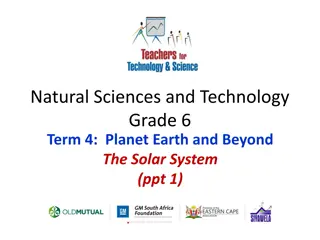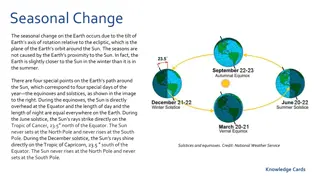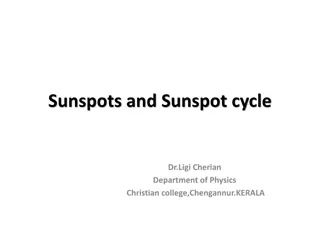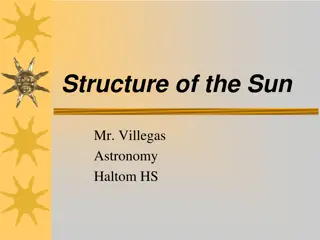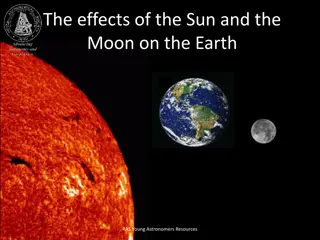
Exploring the Structure and Phenomena of the Sun
Discover the unique characteristics of the Sun, from its essential role in sustaining life on Earth to the fascinating features like solar corona, faults, prominences, and flares. Witness the mesmerizing polar auroras influenced by solar flares and delve into the captivating visuals depicting the solar system's star in all its magnificence.
Download Presentation

Please find below an Image/Link to download the presentation.
The content on the website is provided AS IS for your information and personal use only. It may not be sold, licensed, or shared on other websites without obtaining consent from the author. If you encounter any issues during the download, it is possible that the publisher has removed the file from their server.
You are allowed to download the files provided on this website for personal or commercial use, subject to the condition that they are used lawfully. All files are the property of their respective owners.
The content on the website is provided AS IS for your information and personal use only. It may not be sold, licensed, or shared on other websites without obtaining consent from the author.
E N D
Presentation Transcript
THE SUN AND ITS STRUCTURE The sun is the only star that allows life on the Earth.
SOLAR FAULTS We call solar faults defects that we can see on the solar surface.
THE SOLAR PROMINENCE
A prominence is a large, bright feature extending outward from the Sun's surface, often in a loop shape. Prominences are anchored to the Sun's surface in the photosphere, and extend outwards into the Sun's corona.
THE SOLAR FLARES The solar flares are the most explosive events in partnership to the sunspots. They last around an hour.The free enermous quantities of energy.
The mosts spectaculareffects of the solar flares are the polar aurora. They are visible in proximity of the magnetic poles and you call northern auroras and southern auroras.

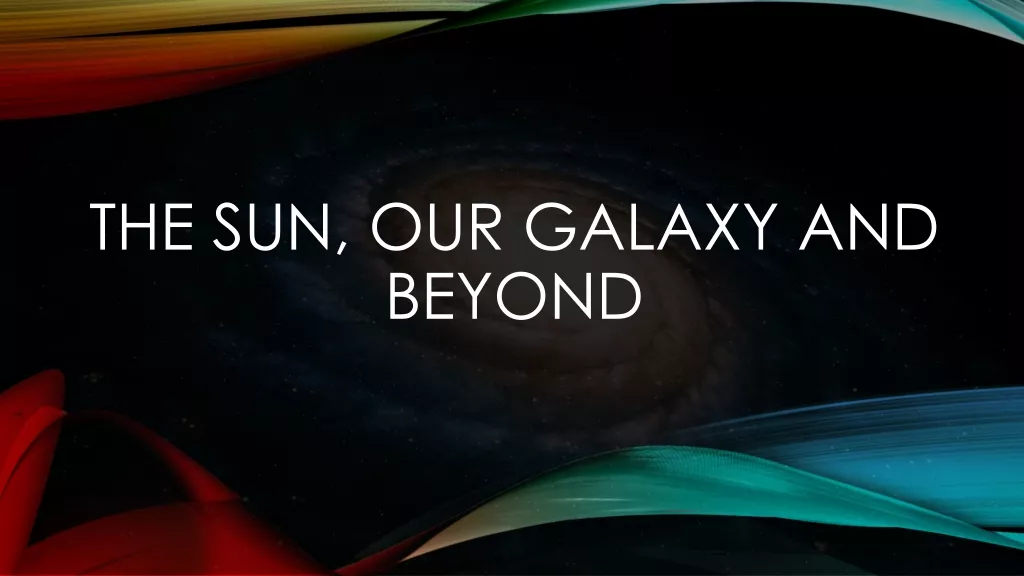
![[PDF⚡READ❤ONLINE] Solar Surveyors: Observing the Sun from Space (Springer Praxis](/thumb/21536/pdf-read-online-solar-surveyors-observing-the-sun-from-space-springer-praxis.jpg)






